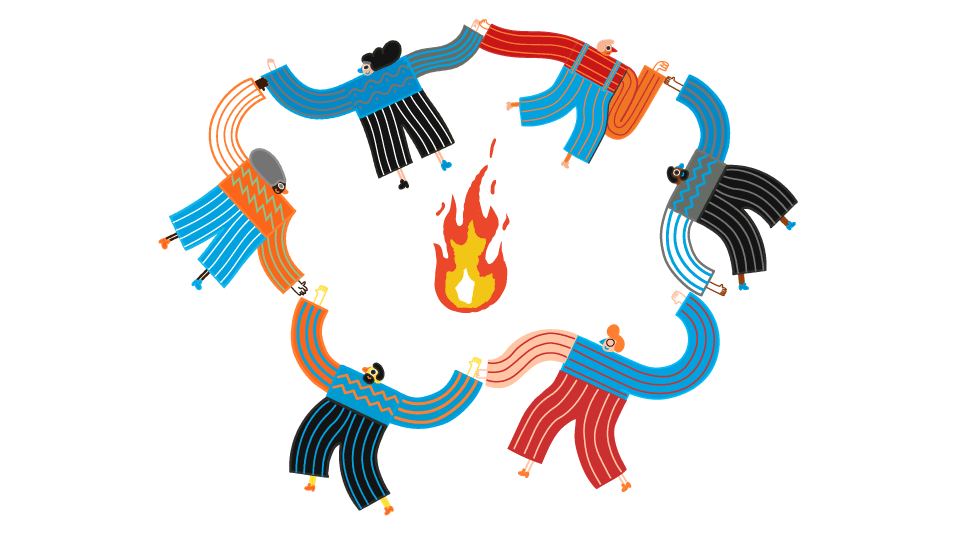Civic character
Assets | Inclusivity

Seeking to create environments which respect, bring together, and build upon the multiple perspectives, lifestyles, and experiences of each member of the community.
1. Highlights
Inclusivity means creating welcoming, psychologically safe environments in which all kinds of people know that their beliefs and lived experiences are important. While inclusivity is often paired with diversity, it goes beyond diversity to recognize that each person is a complex configuration of multiple differences and that all members of the community have valuable knowledge and experiences. Inclusivity ensures not only that diverse voices are at the table, but also that these voices are equal and kept safe as they contribute their perspectives.
Actively create environments where all voices are welcome and heard
Build understanding of challenges by listening to a diverse set of perspectives
Generate more creative ideas by drawing on different and even conflicting opinions
Inclusivity means understanding that perspectives which diverge from our own are crucial to designing learning environments in which all children are given equitable opportunities to flourish. Inclusivity builds on humility by recognizing that our knowledge and experiences are always incomplete. It helps us understand culture and context and more fully comprehend what fairness requires. As it opens the door to perspective taking and to empathy, inclusivity turns difference into solidarity and, ultimately, moves us towards caring — towards altruistic action on behalf of our learning community that advances “positive change for humanity.”
In this way, inclusivity is a critical driver of Principled Innovation. Whether we’re working to solve classroom conflicts, troubleshooting disharmony within our teaching teams, or working toward school-wide or system-wide changes, sharing and hearing multiple perspectives deepens our understanding of a challenge and leads to more and better ideas. This can be hard work, and it is often easier to simply stick with fewer opinions and go with what we know than it is to understand the values, perspectives and experiences of others. Inclusion may indeed lead to disagreements and to critiques that create more work for Principled Innovators who have to revise their beliefs and plans in light of what they learn. But taking a truly inclusive approach will yield more creative and effective innovations. To create and sustain innovative learning environments, educators must publicly embrace inclusivity and work to develop cultures that value it.


2. Context

7 things teachers say to create a supportive classroom
Article
15 minutes
By: Edutopia, Stephen Merrill
Why diversity is hard (and why it’s worth it)
Video
2 minutes
By: Columbia Business School, Katherine Phillips
I was a low-income college student. Classes weren’t the hard part.
Article
10 minutes
By: New York Times
Reaching for divergence
Video
10 minutes
By: Principled Innovation® (PI)
